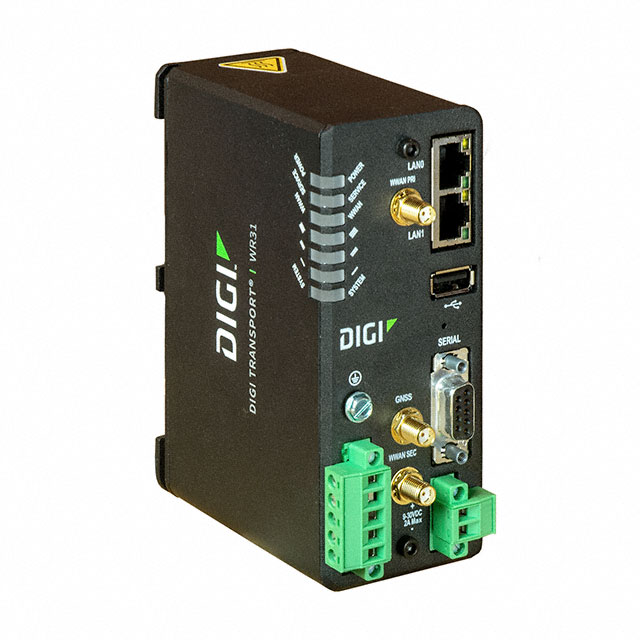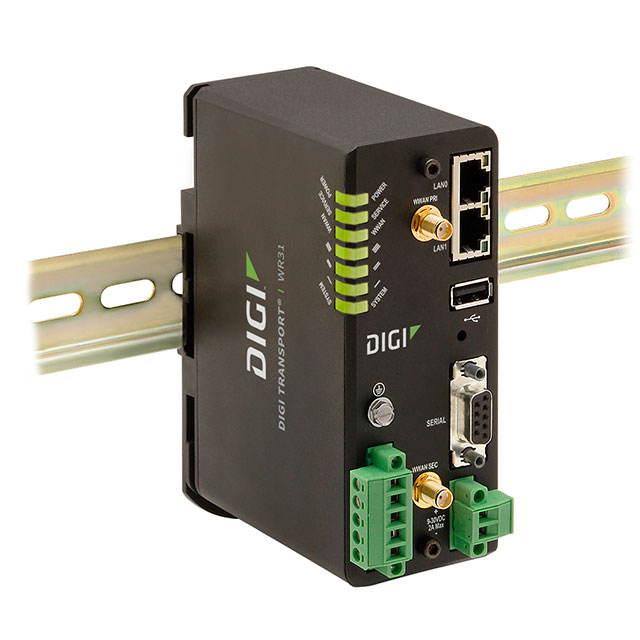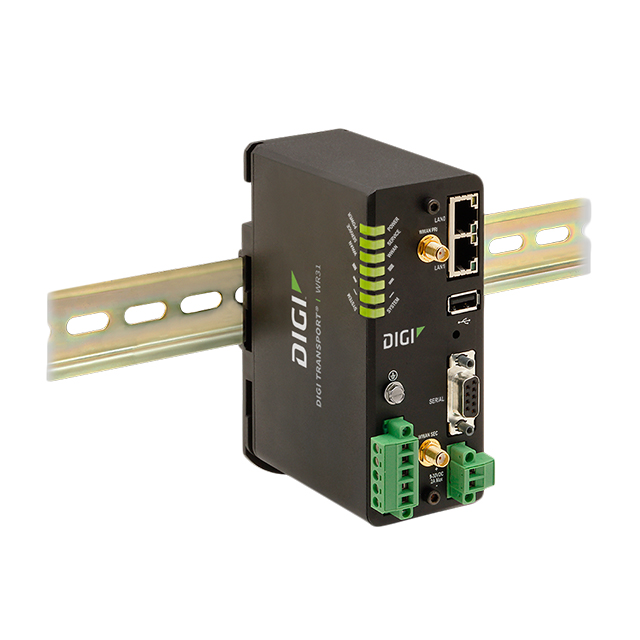Digi WR31 Series, Gateways, Routers
Results:
7
Manufacturer
Series
Frequency
Data Rate (Max)
Interface
Modulation or Protocol
Applications
Function
Sensitivity
Features
Power - Output
Results remaining:7
Applied Filters:
Digi WR31
About Gateways, Routers
In computer networking, a gateway is a node that serves as an intermediary between two or more networks. It acts as a key stopping point for data transmission on its way to and from other networks, enabling communication between devices on different networks. Gateways play a crucial role in regulating traffic between dissimilar networks, ensuring that data packets are delivered to their intended destination. They often act as proxy servers, which means they can serve as an intermediary between clients and servers. Proxy servers help to improve network security by filtering out unwanted traffic and preventing unauthorized access to sensitive data. Additionally, gateways commonly function as firewalls, which protect networks from unauthorized access and prevent malicious attacks. They use various techniques such as packet filtering and network address translation (NAT) to ensure that only authorized traffic is allowed through. Gateways are selected based on several criteria such as specific function, modulation or protocol, operational frequency, data rate, power output, and interface. For instance, a gateway designed for wireless networks will have different specifications than one designed for wired networks. Similarly, gateways used in industrial environments will have different requirements than those used in residential settings. Overall, gateways are essential components of modern computer networks, enabling communication between devices on different networks and providing critical security features. They are selected based on various criteria to suit specific applications and ensure optimal performance and reliability.




